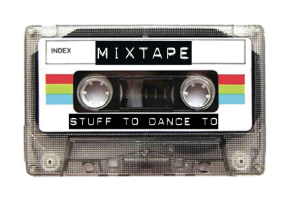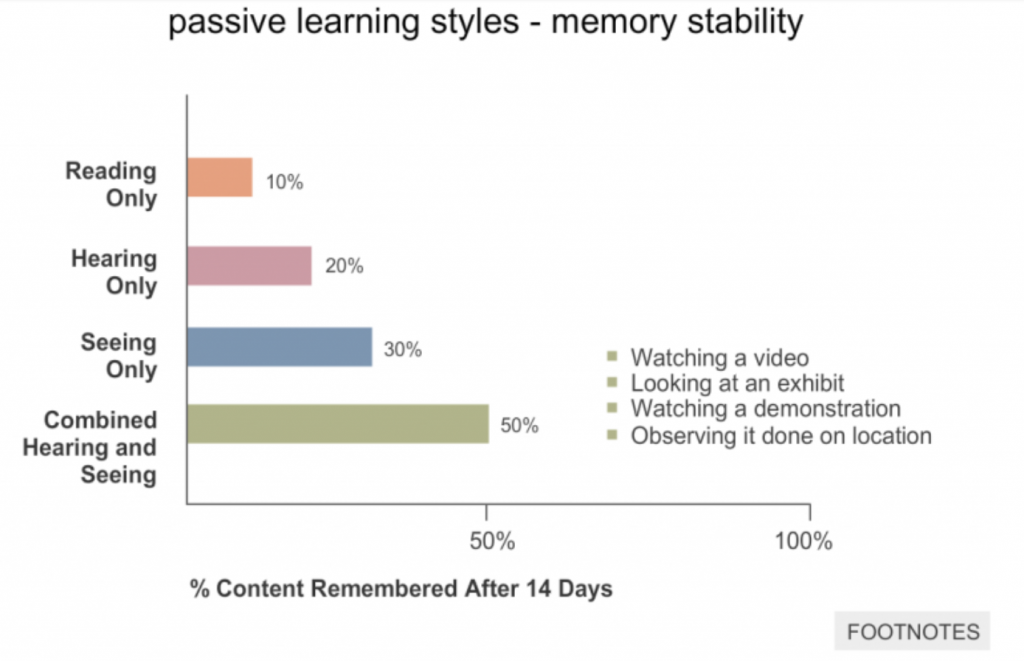Getting Started
Welcome to your outsourced memory for today’s session. Not sure what outsourced memory is? No worries, you simply haven’t learned about outsourced memory and transactive thinking YET! But we will get to that shortly. Please feel free to follow along here as we go through today. This blog post contains everything I will be sharing with you today and more. Please feel free to share this resource with others, and if you have questions, or would like to share something with me, feel free to email me.
You likely have a built in QR Code scanner in your smart device. Just turn on your camera app and point it at a QR code. Want to learn how I created the QR codes for today? Click here QRCode Monkey is a 100% free QR code generator. It is also a great tool for differentiating content in your classroom. Need to be in more than one place at one time? QR code can be your buddy. Looking for these tools for your Chromebooks? We will chat more about these during APPY Hour!
Today’s Schedule
9:00am to 10:30am – Session 1
10:30 am to 10:45 am – Morning Break
10:45am to 12:00pm – Session 2
12:00pm to 1:00pm – Lunch
1:00pm to 2:10pm – Session 3
2:10pm to 2:20pm – Afternoon Break
2:20pm to 3:30pm – Session 4
Before we begin,Who am I? and more importantly who are you? Let’s spend a little FaceTime, or perhaps we could Meet, or Zoom into a Team. Where do you teach? What grades? What are you most hoping to get out of today. Take a few minutes to introduce yourself to me and chat for a bit with the other seminar participants. The presentation you are viewing today is designed to cover a lot of content and options for different teaching situations at schools all over the country. If you are looking for something specific, let me know. I have more Teacher Tricks in my bag of tricks and I want to make sure you leave today’s sessions with some new ideas for your students. I’ll start.
Challenge Question: Do you use any video conferencing softwares to meet with your students virtually? If so, which tools? How do you use them.
Let’s Check Your Creativity
Turn to page 34 in your book. It is time to test your Creativity.

How many of you had trouble with the circles task? What types of ideas did you come up with? Were your ideas fluid? Flexible? Original? Did you have more or fewer ideas after looking at what your colleagues had done? What does that say about creativity? How many of you looked up the answers on your smartphone? If not, Why didn’t you?
Challenge Question: What is the difference between cheating and research?
In 1997, Deep Blue the computer chess program defeated Garry Kasparov. By 2011, Watson was beating the best Jeopardy champions. However, continued research is showing interesting results when we combine computer and human thinking. In his TED Talk, Tom Gruber (The co-creator of Siri) spoke quite a bit about how powerful we can be when humans and AI work together.
Humanistic AI – Which is better? 92.5% – 96.6% – 99.5%
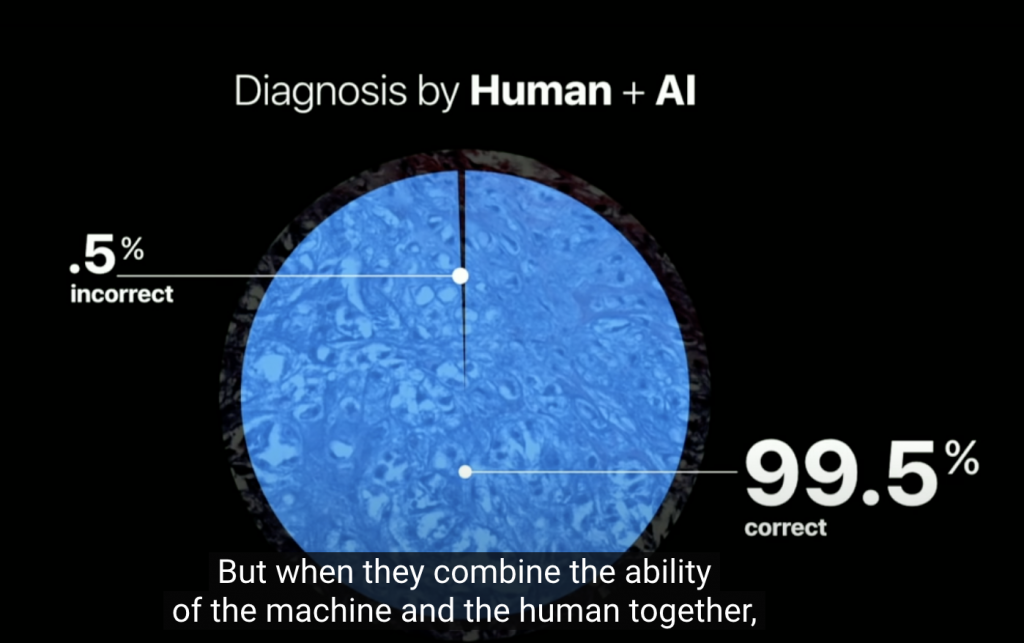
In his TED Talk, Tom Gruber also shared part of this video from autodesk
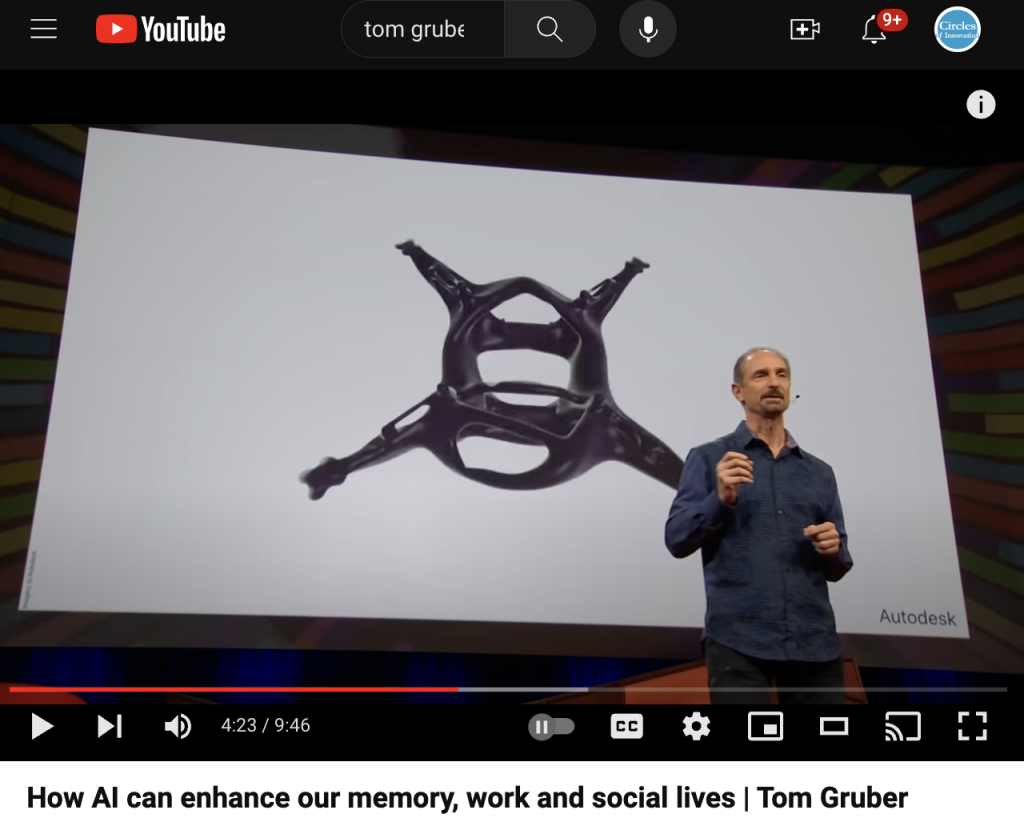
Google Proof Your Content with Blooms Taxonomy
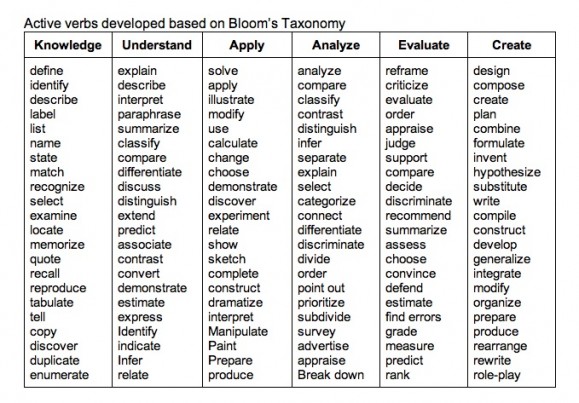
Question: What are the parts of a cell?
Google Proof Question: Rank the importance of the parts of the cell from least to most important.

Addressing the Elephant in the Room

In this next section we are going to address the elephant in the room, we are going to discuss a variety of topics related to AI and language teaching so that you can become aware of things you may not know. If you have questions, ask them. If you have concerns, voice them. We often don’t know what we don’t know, so let’s start with the least you should know about AI detection.
What about AI Detection?
What are LLMs? Why Should I Care?
What do you mean by AI is language agnostic?
How Does All of This Affect My Classroom?
Some AI teaching Ideas
- Using AI to Differentiate Learning
- Using AI to develop scenario based learning
- Using AI to develop scripts
- Using AI to develop “lesson specific” chatbots to get interactive feedback
- Using AI to create annotation assignments for active reading.
- Chapter summaries or “The Least You Should Know”
- Using AI to develop pre-mails and outreach emails
- Creating bottomless quiz and survey pools (Retrieval Practice/Enhanced Test Security)
- Using AI to develop enhanced prompts & instructions (Retrieval Practice/Content building)
- Using AI to develop enhanced discussion topics and threads (Course Analysis, review, re-design)
- Using AI to develop/enhance rubrics in Canvas (student feedback)
- Analyze quiz questions and develop explanations and follow up instruction responses (Enhanced Student Feedback)
- Creating AI Chatbots or AI Prompts to help students analyze and get additional feedback from written assignments (Personalized Feedback)
- Have AI design Text Expanded Feedback in Canvas (Practical Applications for Fast Feedback)
Picking a Team, Which AI Should I Learn?
ChatGPT: ChatGPT is an advanced language model by OpenAI
Gemini is a large language model developed by Google
Claude: Claude is an artificial intelligence created by Anthropic.
Prompting 101
- Soft Prompting: Soft prompting involves giving AI a prompt that is open-ended and flexible, allowing room for creativity and varied responses. This method encourages AI to generate content that may not be bound by rigid constraints, enabling it to explore different ideas or perspectives within the given topic or theme.
- Hard Prompting: Hard prompting entails providing AI with specific and tightly defined prompts that come with strict constraints and requirements. For instance, you could instruct AI to write a 10-line poem about a forest using vivid imagery and metaphors in the style of a particular poet. Hard prompts are ideal when you have a clear vision of the content you want AI to produce within specific parameters.
- Chaining: Chaining involves the process of breaking down a complex request into a series of logical and sequential steps or instructions. This method is particularly useful when you want to guide AI through a multi-step task, ensuring that it follows a coherent chain of actions to achieve the desired outcome. For example, you might start by asking for examples of thesis statements, then proceed to inquire about supporting ideas, counterarguments, and so on, building a logical chain of inquiry.
- Formatting: Formatting refers to the act of instructing AI to present information or responses in a specific structure or style that suits your needs. This method enables you to receive AI-generated content in a format that is easy to read, understand, and utilize. You can request formats such as bullet points, CSV files, or even styled text with HTML elements like bold and italics, depending on your requirements.
- Framing: Framing involves setting the context and expectations for the kind of response you want from AI. It provides the AI with a framework within which it should generate its output. For instance, if you ask AI to “write a poem that conveys a sense of wonder about nature,” you are framing the request with the context of a poetic response centered around the theme of nature and wonder.
- Priming: Priming is the act of providing relevant details, context, or background information to guide AI in generating a response. By priming AI with essential information, you help it produce more contextually accurate and relevant content. For example, you might specify that a poem should describe a forest and provide details about the trees, animals, and sensory experiences to create a vivid and immersive description.
- Tuning: Tuning is the process of providing feedback to AI and iteratively refining its responses to meet your specific criteria or preferences. You can fine-tune AI-generated content by providing feedback on aspects like clarity, coherence, or style. This iterative feedback loop helps improve the quality of AI-generated responses over time.
- Styling: Styling involves instructing AI to adopt a particular tone, writing style, or manner of expression in its responses. For example, you can request AI to respond in the philosophical style of a specific philosopher or in a tone that is optimistic and encouraging. Styling instructions influence the voice and character of AI-generated content.
AI Prompts for Teaching: A Spellbook
This guide demonstrates how carefully crafted prompts allow you to harness AI as a teaching and learning partner. You’ll find prompts to enhance course design, improve your own skills, provide student support, adapt content, and boost relevance and comprehension. With thoughtful prompt engineering, AI can save you time while also improving pedagogy and student outcomes.
Are there any other AI’s I should know about?
Firefly Free Text to image AI
Bing Microsoft’s Edge in browser tool
Glasp Youtube Summarizer Pluggin that will connect Youtube to ChatGPT or Claude
D-ID Image to video AI
Descript Voice Cloning and Much More
Khanmigo Khan Academy’s AI Pilot
📋 Expand for Video Highlights:
- 00:00Links to an external site. AI can revolutionize education by providing every student with a personal tutor and every teacher with a teaching assistant.
- 01:59Links to an external site. Khan Academy’s AI tutor, Khanmigo, can detect and correct student mistakes, identify misconceptions, and prompt students to explain their reasoning.
- 03:19Links to an external site. Understanding context is crucial in computer programming exercises, even for non-computing backgrounds, and a platform can help with video comprehension, quizzes, and idea connections.
- 05:01Links to an external site. Khanmigo offers comprehensive coaching services for students, as shown by the launch of GPT-4 and the success of Khan World School.
- 07:10Links to an external site. Students can debate with AI on canceling student debt and use AI writing tools to collaborate on writing, while Khanmigo’s prototype uses generative AI to enhance reading comprehension.
- 09:30Links to an external site. AI technology and Khan Academy’s teacher mode help improve student writing skills and save time for teachers.
- 11:23Links to an external site. AI-powered education can be revolutionized with large language models like GPT-4, which can improve math and tutoring by allowing AI to think before speaking.
- 13:37Links to an external site. AI debate split between pessimistic and optimistic views, but active participation needed to ensure positive use cases and prevent dystopian future.
Power Pedagogies for Engaging Learners
The YET Bet
Turn to page 15 in your book. Let’s work on some creative confidence.
How many of you felt limited in the circles challenge because you didn’t think you were good at drawing? How many of you think you can draw? If we could prove to you that you can draw in the next 5 minutes, would you be open to trying some of the other ideas we have to share with you today?
If you would like to learn more about making your ideas visual, check out Graham Shaw’s The Art of Communication or Dan Roam’s The Back of the Napkin.
Are you BG? or AG?

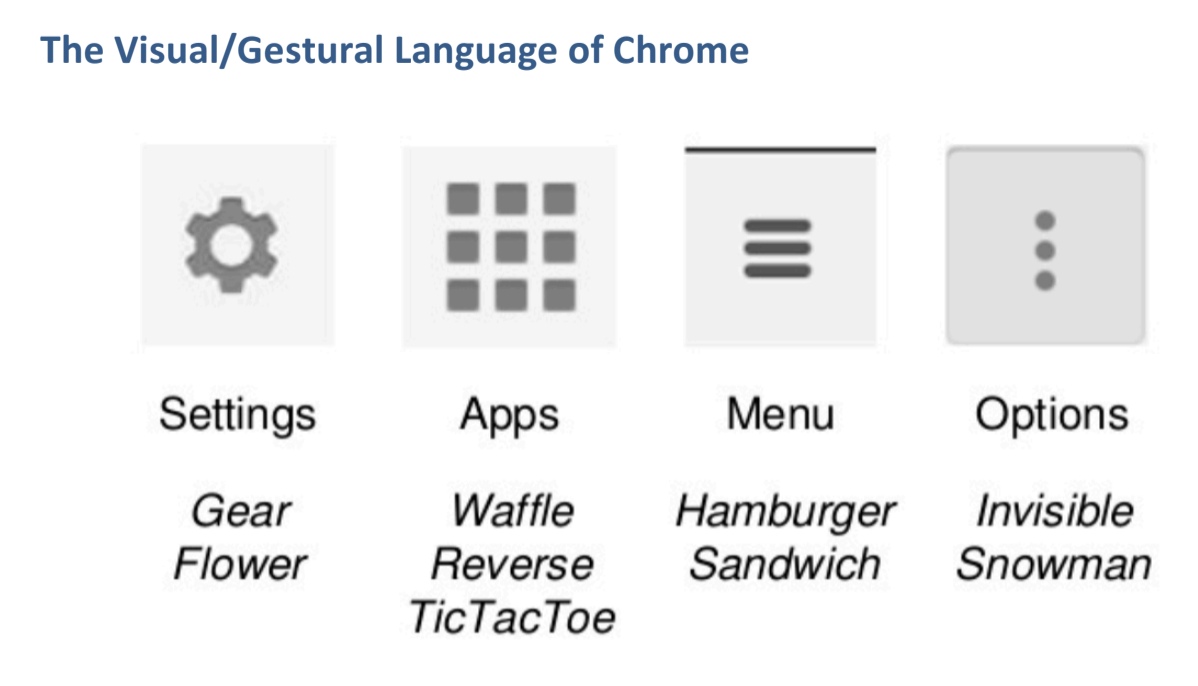
Google – Google Images – Google Scholar – Google Drive – Google News – Youtube
A word or two on hand gestures and sensory integration.
Thin-Slicing
Let’s pretend that students below are students in your class. Take a look at the images below. Can you identify what the kids are thinking or feeling? Turn to the person next to you and let them know what you think each represents. Did you both agree? Share your answers with me via this backchannel. Then discussion your answers with those sitting near you.
Do you Bitmoji?

So what is Backchanneling, and why should I care?
Challenge Question: How might you use Google Slides in your Classroom?
Additional Backchanneling Tools & Resources
Kahoot.it (Participant link) Kahoot (Presenter Link)
What is Retrieval Practice?
Featured in in the book Make It Stick and supported by quite a bit of research….
7ddfffe4b8896cc59be4ff0000359472/medical-education/activelearning/make-it-stick_(1).jpg?sfvrsn=3a569353_0)
Retrieval practice is a learning strategy where we focus on getting information out. Through the act of retrieval, or calling information to mind, our memory for that information is strengthened and forgetting is less likely to occur. Retrieval practice is a powerful tool for improving learning without more technology, money, or class time (RetrievalPractice.org).
What is JiTT?
Just-in-Time Teaching (JiTT) is a strategy that promotes the use of class time for more active learning. Originally developed by Gregor Novak and colleagues, JiTT relies on a feedback loop between online learning materials and the classroom (Novak et al., 1999). Teachers use online assessment tools to ask students to perform Warm-ups, Puzzles, and Goodfors The students answers to the assignments are delivered to the instructor a few hours before class starts. The teacher looks over student responses to see where students are and adapts the lesson accordingly. Teachers can also now use the responses as scaffolding on which to build learning.
Challenge Question: How might you use Google Forms to allow for retrieval practice or know how they are doing Just In Time?
Common placing in the 21st Century
How many of you are currently using Google Drive, Dropbox, Twitter, Evernote, Facebook, Pinterest? Then you are Common Placing!
Challenge Question: Should learners take notes on computer or by hand? Should they be taking notes at all?
“The impact of these data should be like the Surgeon General’s report on “Smoking and Health” in 1964–they should put to rest any debate about whether active learning is more effective than lecturing.“
Letter to Learn By Group Work Assignment
The importance of context when prompting AI
Challenge Question: What are some ways we can enhance the experience for group work in the cloud?
The Power of Images and Video

A little touch up? Free Fun with Pixlr
What about AI?
Best Practices for Youtube

***Please remember that there are laws and rules governing the downloading and permanent copying of YouTube videos. Try to err on the side of Fair Use*** Clip Converter
Making Your Own Videos

Have you considered Screencasting? Screencasting is a Teacher Trick that should be in every teacher’s toolkit. Simply put, screencasting is recording your computer screen while recording your voice to make a video that can be shared with others. You can make instructional videos, feedback videos, showcase videos, interactive videos and more. While there are many tools that teachers can buy for screencasting, there are now some really great ones that are free and play right in the browser. Below, I have put a few options for you. Which tool you pick really depends on what your plans are for using the tool. Are you using it yourself to make and host videos? Did you want students to use the tool?
Now that you are considering screencasting… What else can you do? Have you considered teaching in a Giffy or Giphy?

For those of you not familiar with the Gif file format, GIF stands for Graphics Interchange Format, and it is a bitmap image format that was introduced by CompuServe in 1987. And just so you know, Steve Wilhite and his fellow creators at CompuServe have long fought for the word to be pronounced Jif with a soft “G” /ˈdʒɪf/, like the peanut butter. In fact, it has been noted that CompuServe employees would often say, “Choosy developers choose GIF.”
How about EdPuzzle?
Becoming a Google Ninja
If you wanted to teach your students how to be a google ninja, where would you start?
Google a Day – Practice your google ninja skills
Google Easter Eggs – Atari Breakout – Askew – Barrel Rolls – Zerg Rush – Ztype
Guns & Rock-n-Roll – How to Rock a Google Search (Page 25)
PowerSearching with Google – Did you miss the two free Massive Open Online Courses designed to teach you how to Google Search? Learn more here.
Kiddle – Safe Search engine for Kids using Google Search
Appy Hour
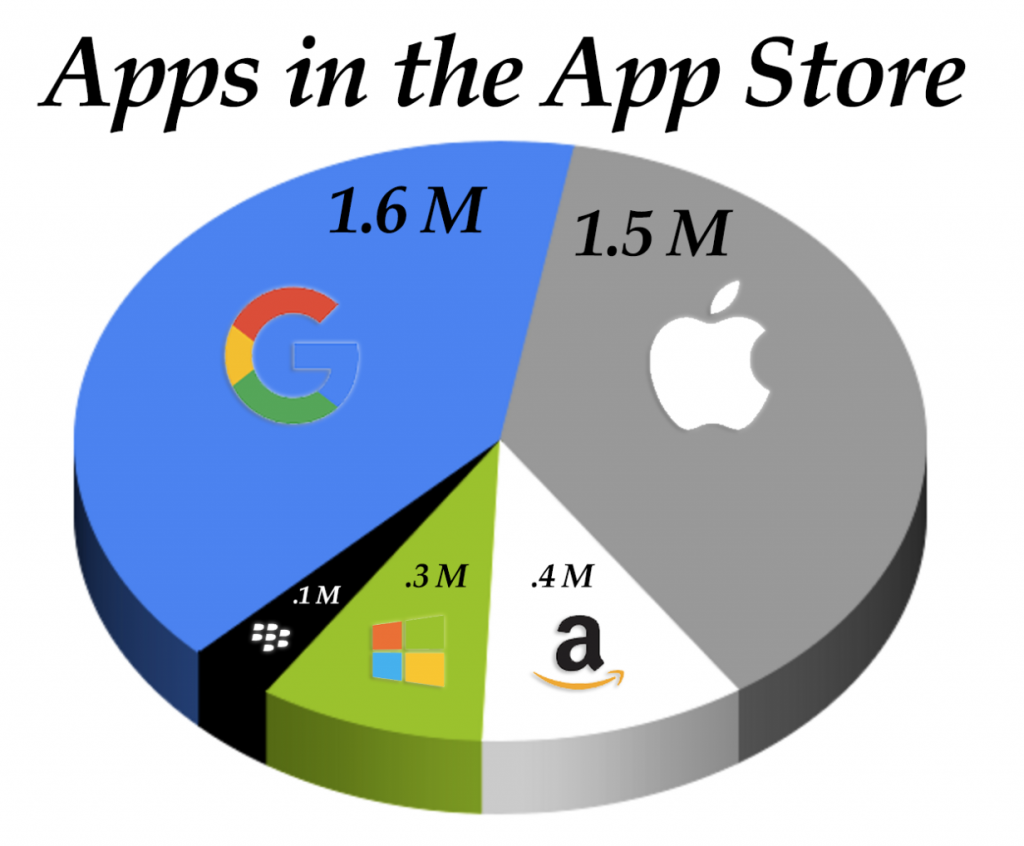
Top 10+ Apps and Extensions
Skills Apps
Geogebra – Solve equations, graph functions, create constructions, analyze data, explore 3D math! y=2x+3
xtramath – A free web program to help students learn Math
Read Theory – A free adaptive learning program to help students practice their reading skills.
Quill – provides free writing and grammar activities for middle and high school students.
Unite for Literacy – provides free digital access to picture books, narrated in many languages.
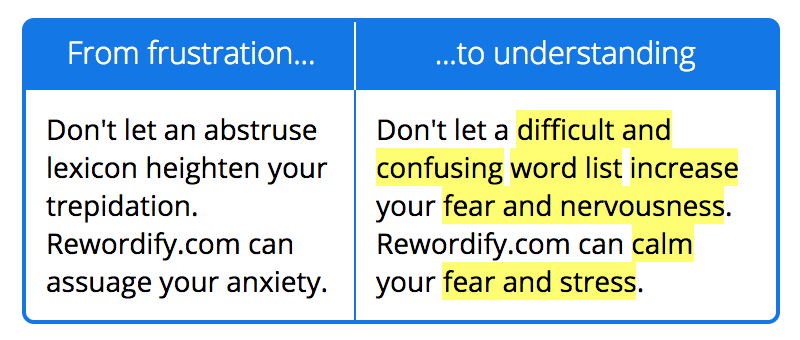
Vocabsize – brings you a simple tool to measure your students’ vocabulary size.
Storybird – lets anyone make visual stories in seconds.
Apptivities
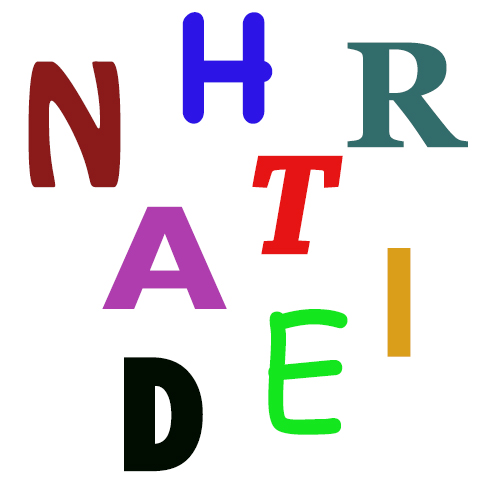
VideoAnt – Engage students in discussions around videos. Have them pause the video and ask questions while watching.
Words from letters – A quick game for practicing word knowledge, spelling, and transactive thinking
Wordhippo page 21 – A dictionary that also finds synonyms, antonyms, words that rhyme with it, sentences containing it, other words starting or ending with it, its etymology, and much more.
Trivia Challenge – Give your students authentic reasons to practice their Google Skills
Readers Theatre – Use readers theatre in the classroom or have students record or get creative with animation.
Color Alive – Have students color a character and write about it, then bring that character to life in front of their eyes with Augmented Reality.
Post-It Printables – Enhance your feedback to students while increasing the likelihood that they will pay attention to it.
Faceswap Live – Trade faces with students or where someone else’s face to make a presentation. Don’t give a presentation of Abraham Lincoln, give one as Abraham Lincoln.
Creative Production Apps

Clarke’s first law
When a distinguished but elderly scientist states that something is possible, he is almost certainly right. When he states that something is impossible, he is very probably wrong.
Clarke’s second law
The only way of discovering the limits of the possible is to venture a little way past them into the impossible.
Clarke’s third law
Any sufficiently advanced technology is indistinguishable from magic.
Smart Device Printer App

